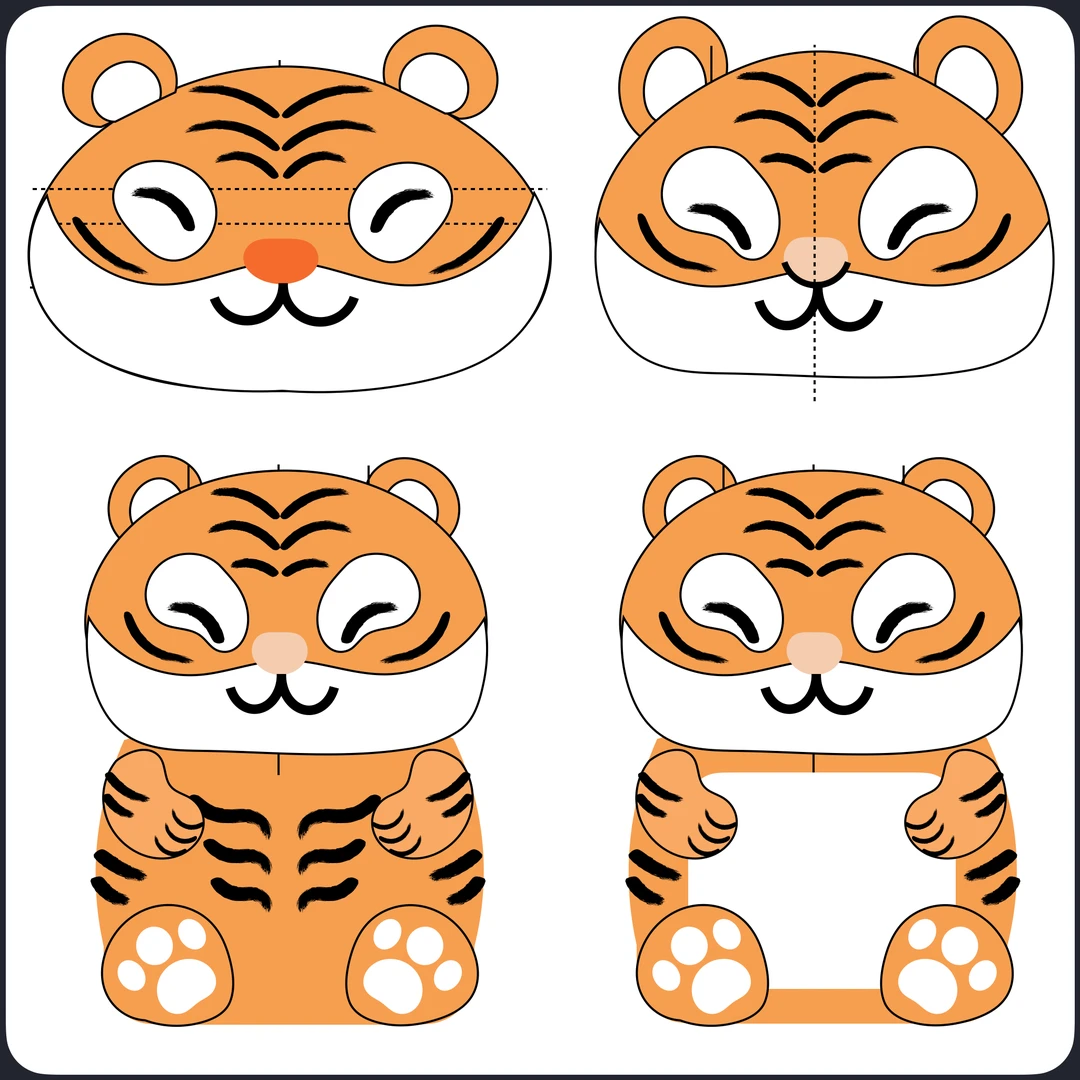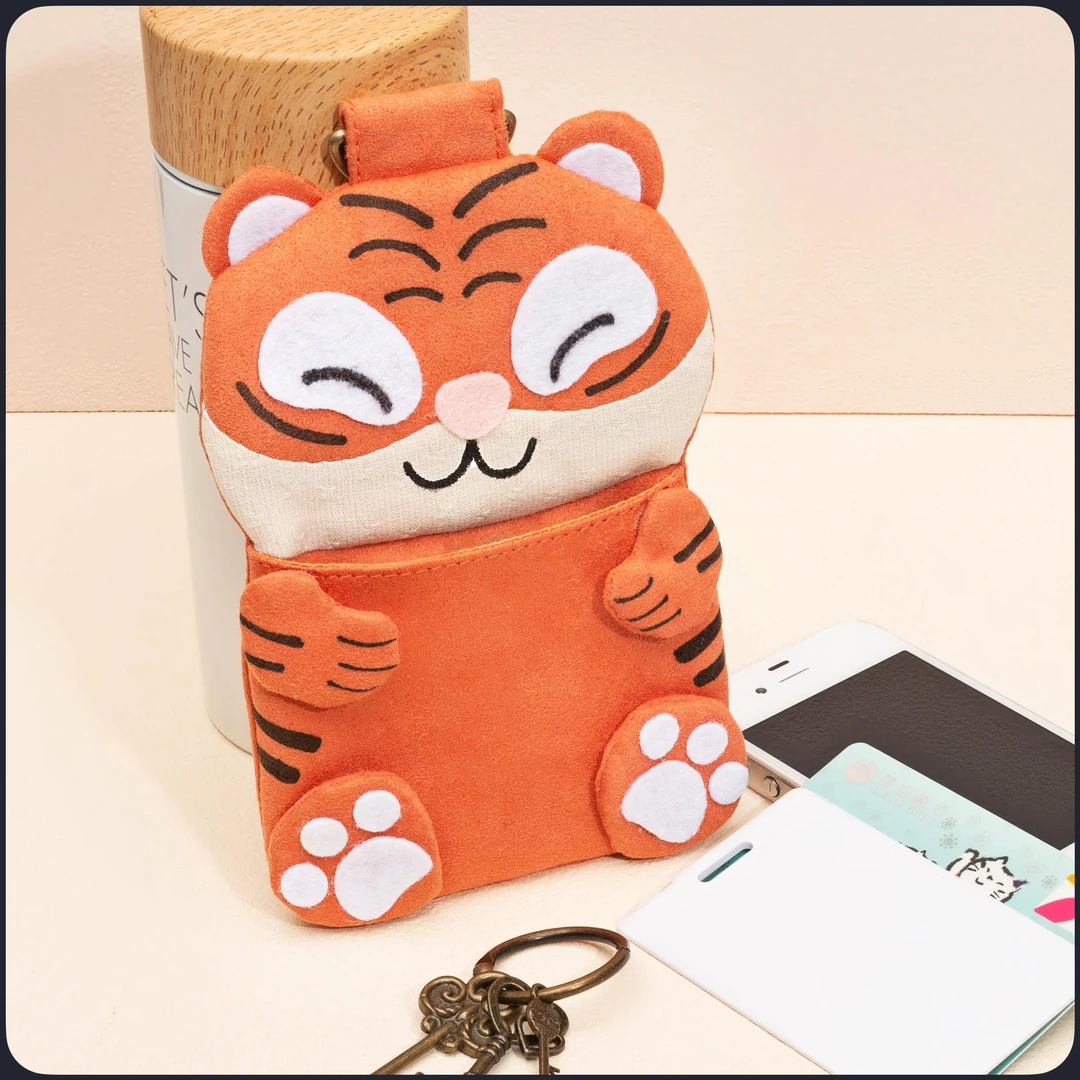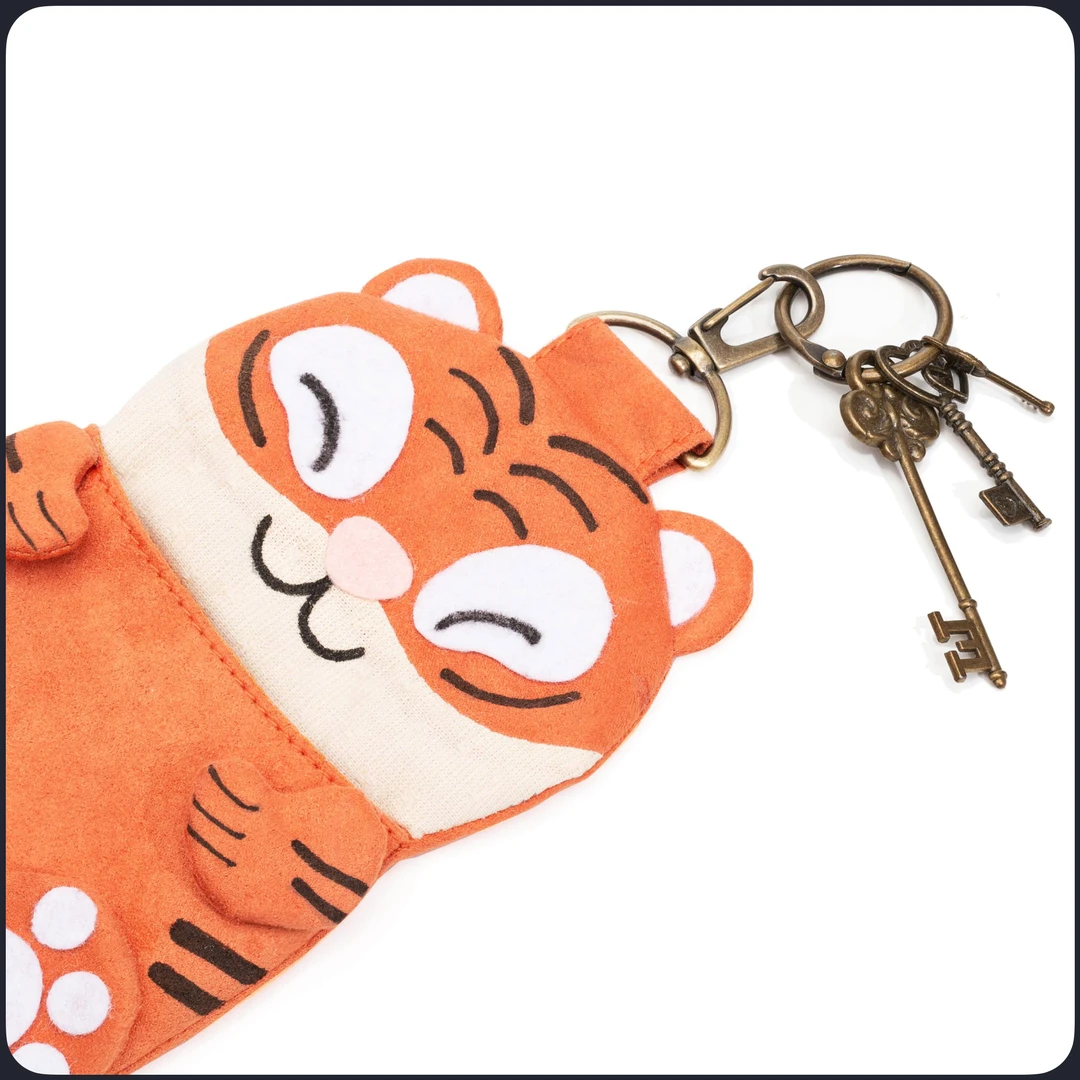Design Portfolio
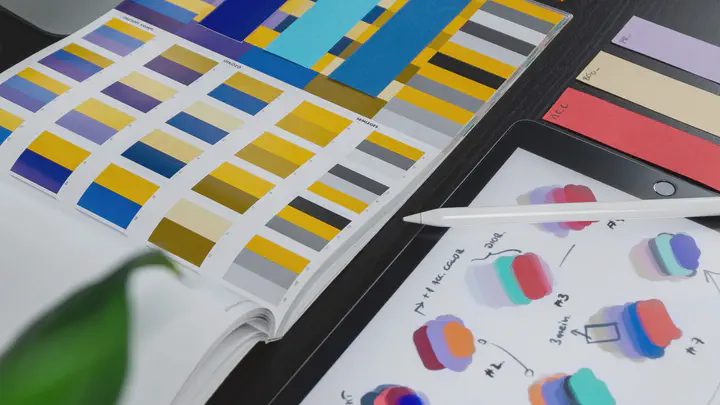 Photo by Balázs Kétyi on Unsplash
Photo by Balázs Kétyi on Unsplash
Table of Contents
Abstract
This document briefly introduces our work in fabric, pattern, and product design. For fabric design, the focus is on simple patterns and two-color schemes, with gradients used to blend colors. For pattern design, reproducibility is key, with circles and straight lines used to create regular shapes. For product design, functionality, practicality, manufacturing difficulties, and cost are all considered. Four designs are presented, including a cup cozy inspired by koalas, a card pouch redesigned for the Year of the Tiger, and an abstract girl design with a metal keychain.
Introduction
To improve the team’s efficiency, the first step is to understand each participant’s daily job. As our team mainly focuses on design, I participated in three aspects of the design procedure: fabric, pattern, and product design.
1. Fabric Design
2017 Spring/Summer Collections
Design Brief
Target audience:
- This fabric is designed for people who enjoy needlework, such as applique and embroidery, as shown in Fig 1.
This type of fabric is typically used as a background for needlework. Therefore, designers usually follow these guidelines:
- The pattern should be simple and not obvious, such as dots or straight lines.
- The fabric normally consists of no more than two colors.
The target audience for Fabric is people who enjoy appliqué and embroidery.
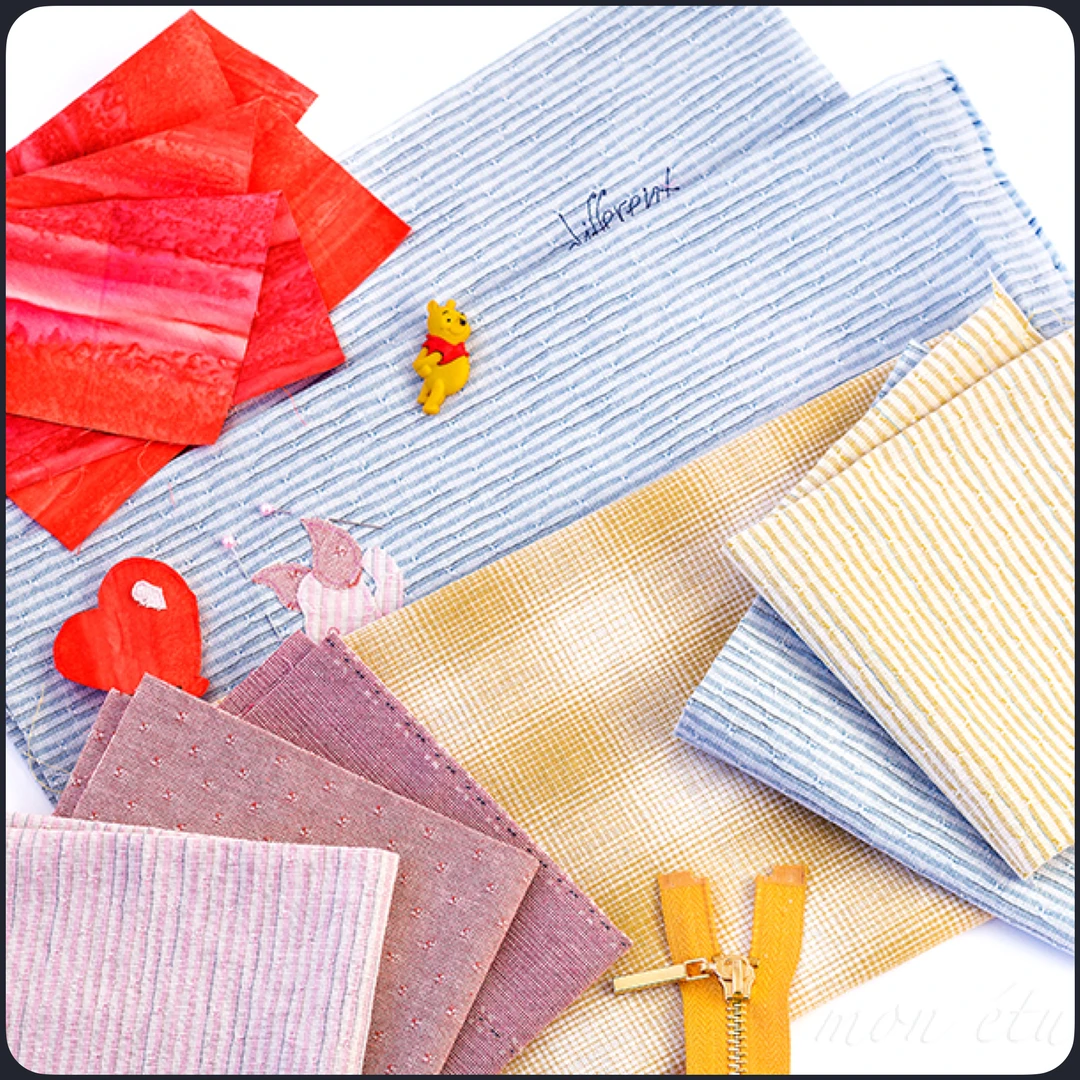
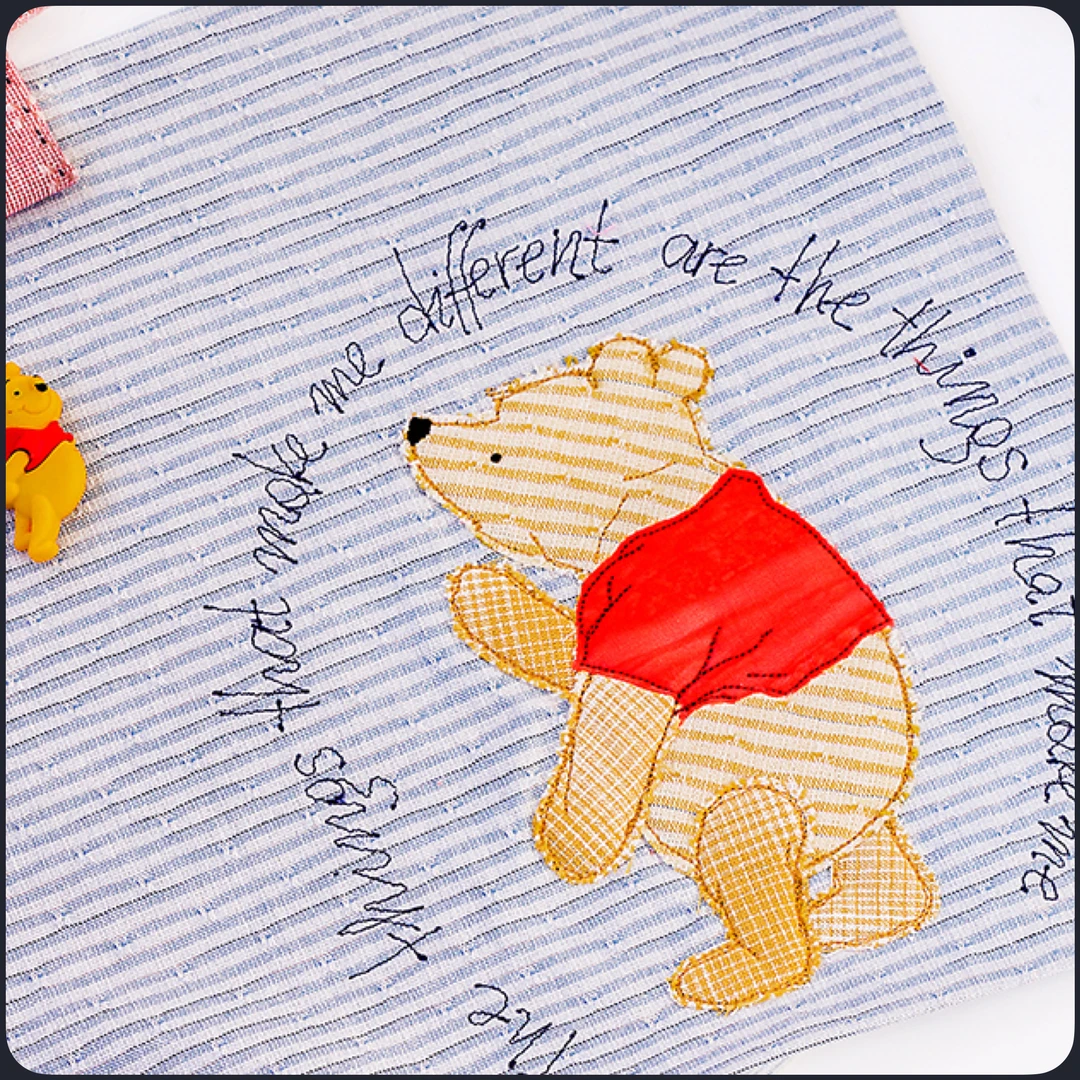
Ideation
As shown in the Fig. 2, we have chosen three primary colors inspired by nature in spring and summer. Since these colors form an isosceles triangle, we can choose the opposite side of the primary color on the color wheel as a secondary color. In this way, we can have complementary and analogous color schemes by combining these four colors.
The primary colors are inspired by nature, and the secondary color is chosen to have both complementary and analogous color schemes.



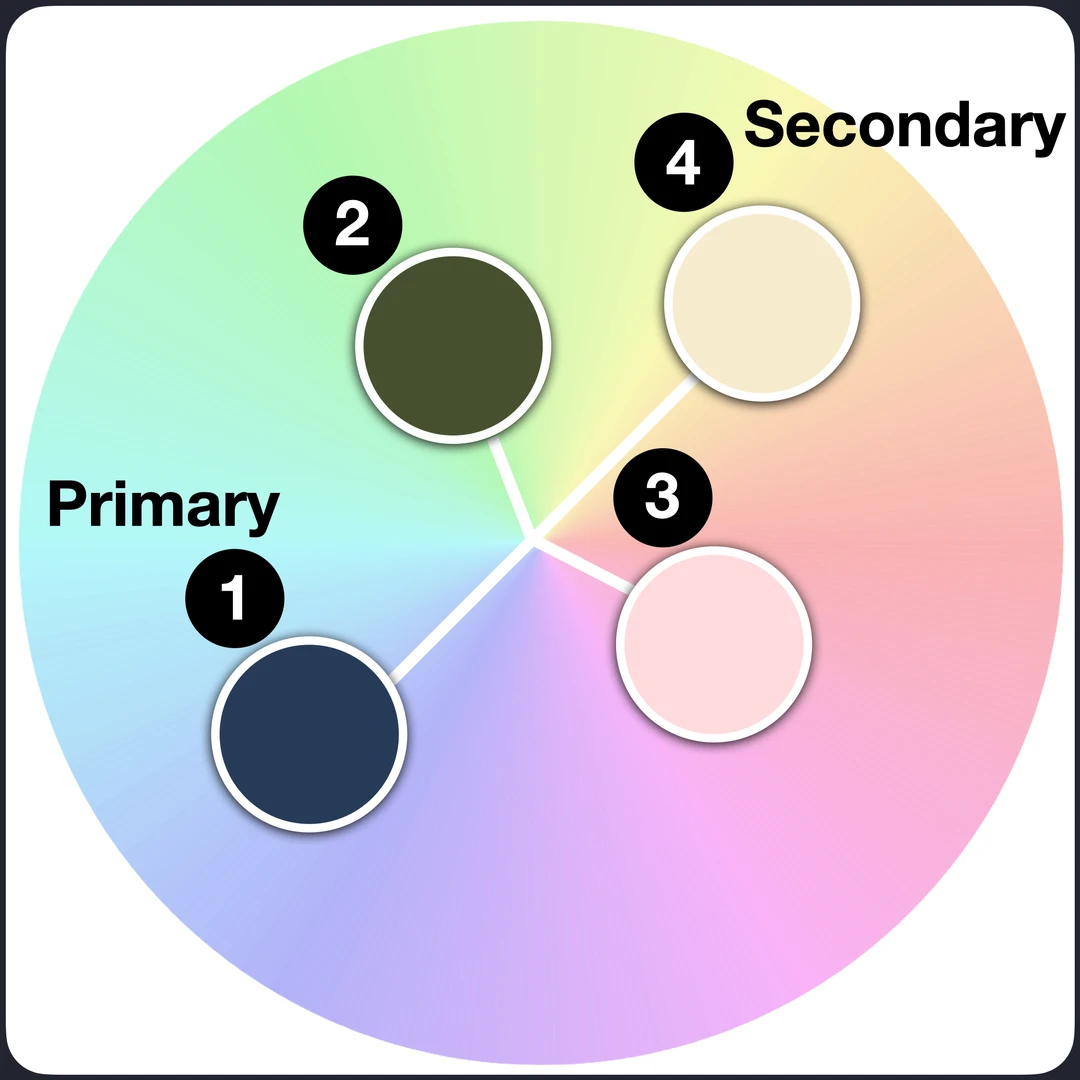
Color schemes:
- Complementary: 1 & 4
- Analogous: 2 & 4 and 3 & 4
Since our color schemes only consist of two colors, using gradients is an effective approach to blend these two colors together, as shown in Fig 3.
Using gradients is an effective way to blend pairs of colors.
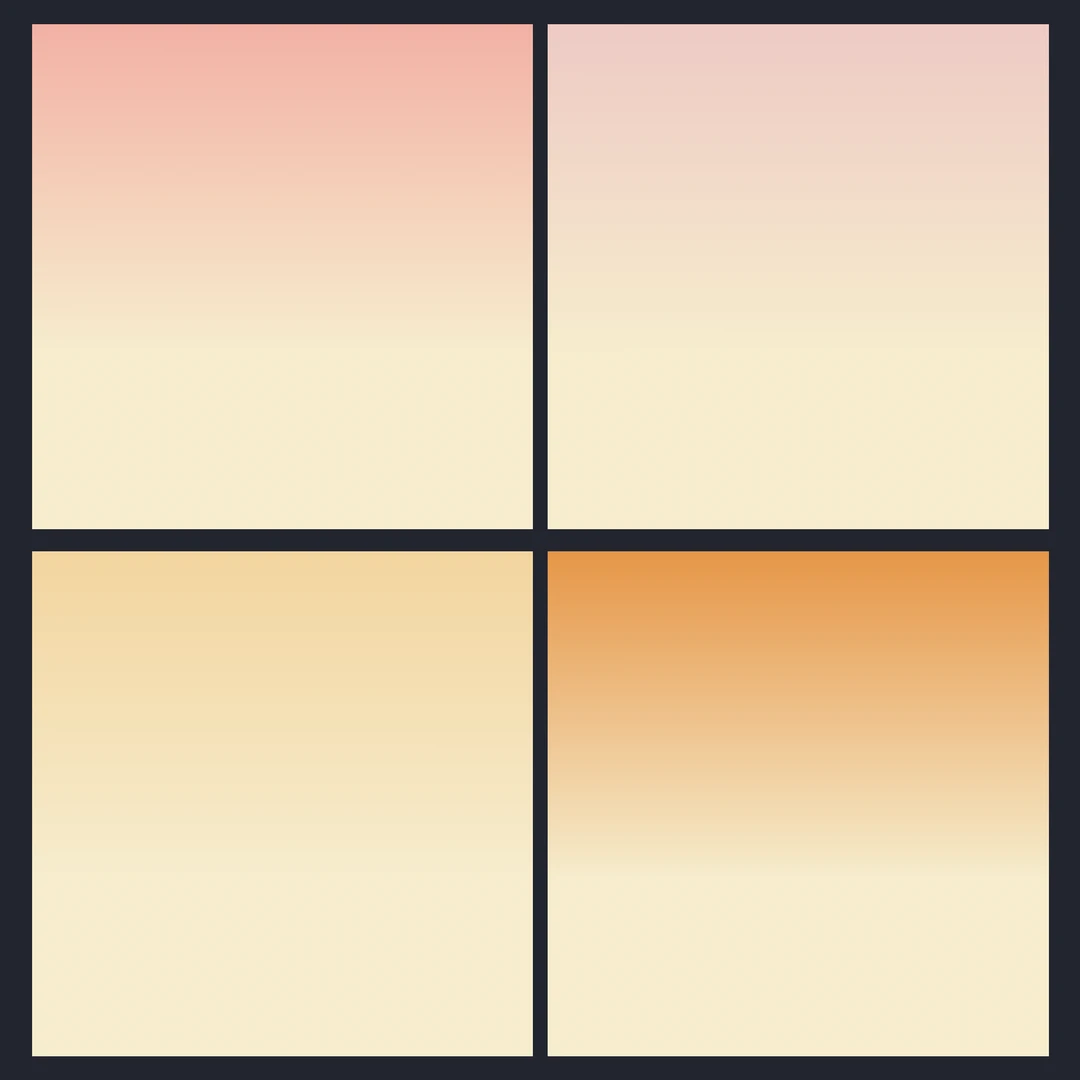
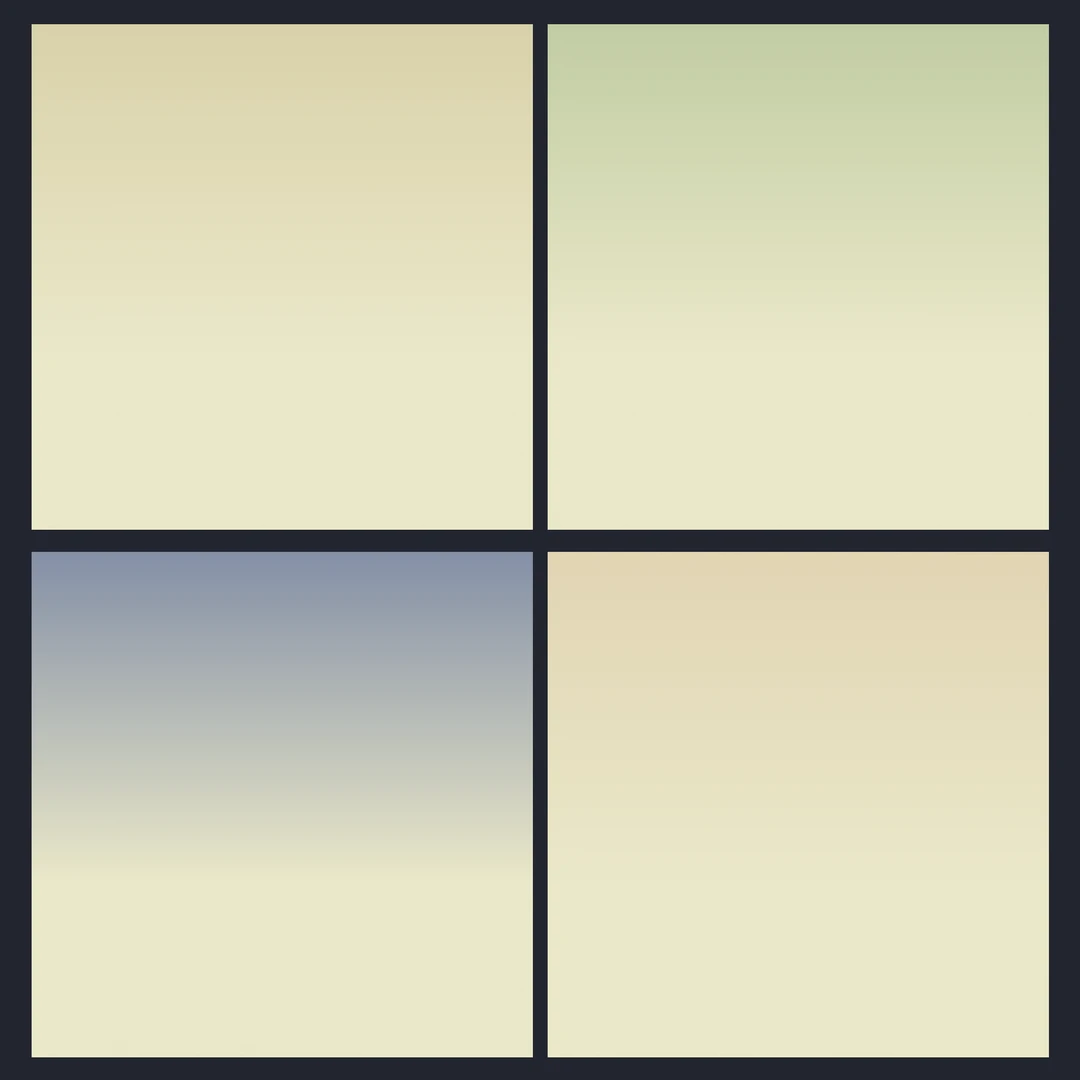
Result
The fabric collections, based on the colors we design, are shown in the Fig 4.
The figure displays the fabric collections that we designed, organized by their respective color schemes.



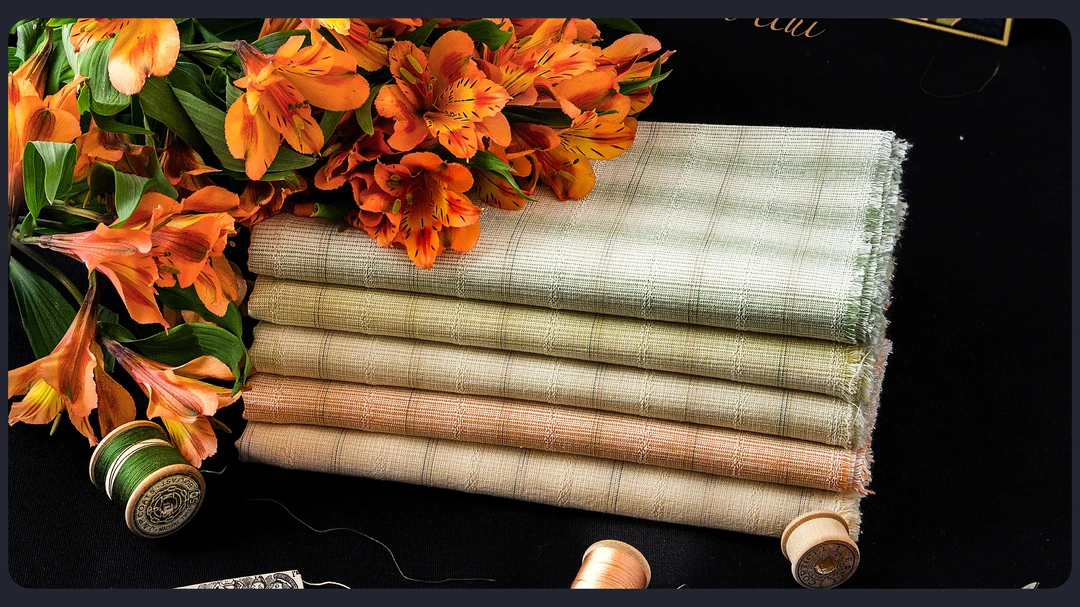
2. Pattern Design
Design Brief
Design patterns are an important step to include during product design. Unlike illustrations, where we can draw any curve or shape, we need to consider the following points when designing patterns.
- Designers should include additional seam allowance to ensure that pieces can be joined properly.
- The curve and shape should be reproducible with available tools, such as compasses and rulers.
Result
In Design 1, I created a curved shape by combining circles with two different radii. This shape has been used in the clasp frame pouch.
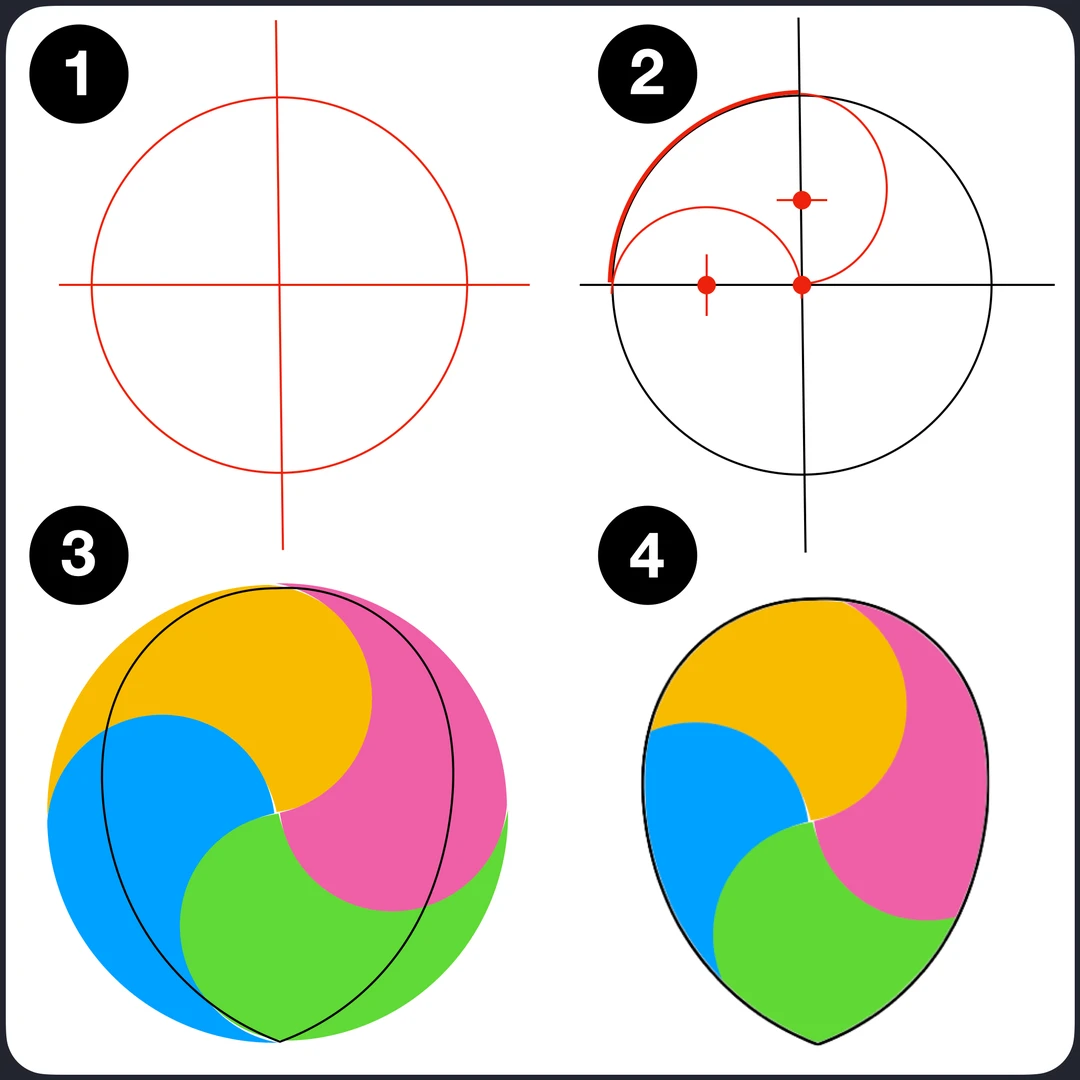
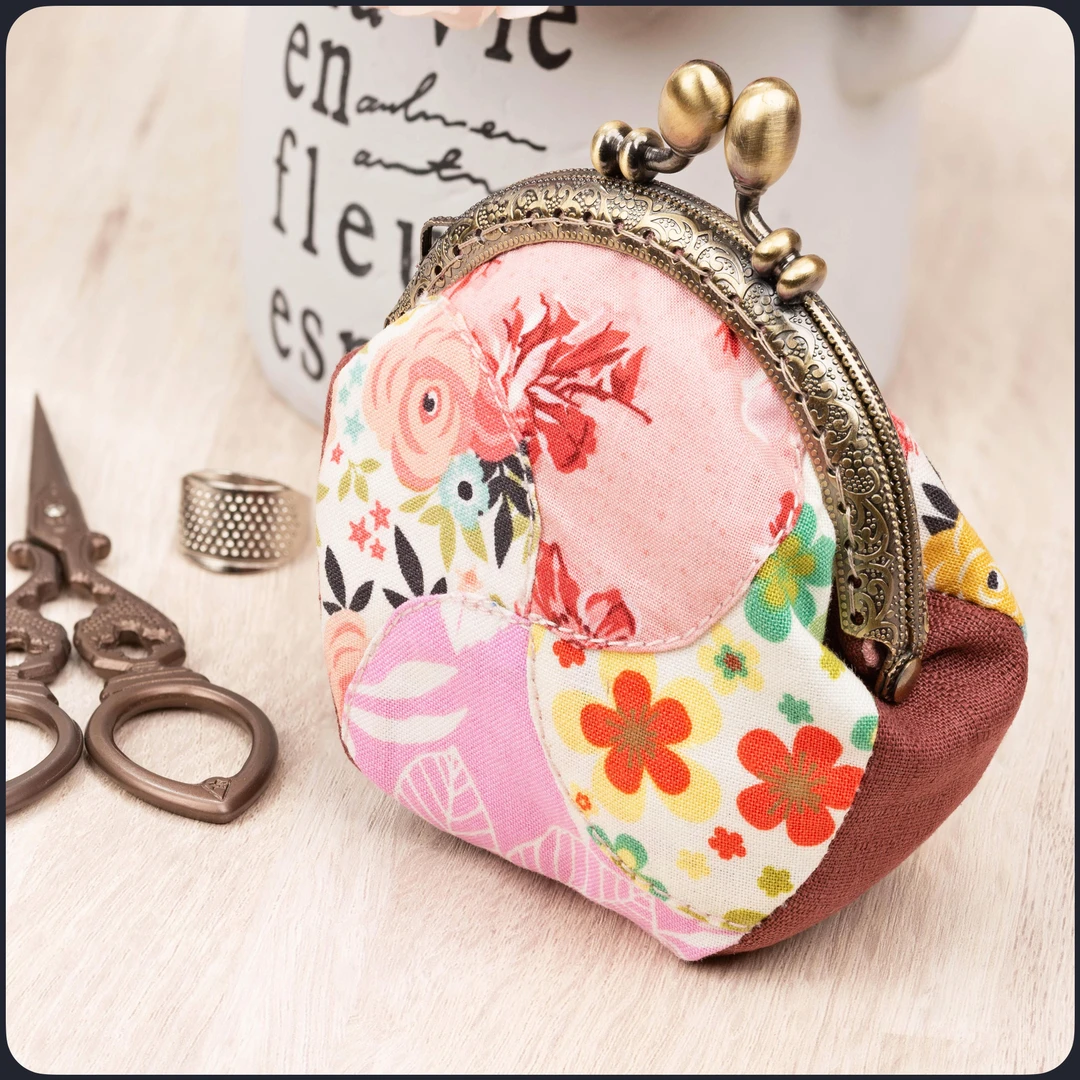
Design 2 involves creating a regular hexagon using three circles, which can be useful for creating decorative elements.
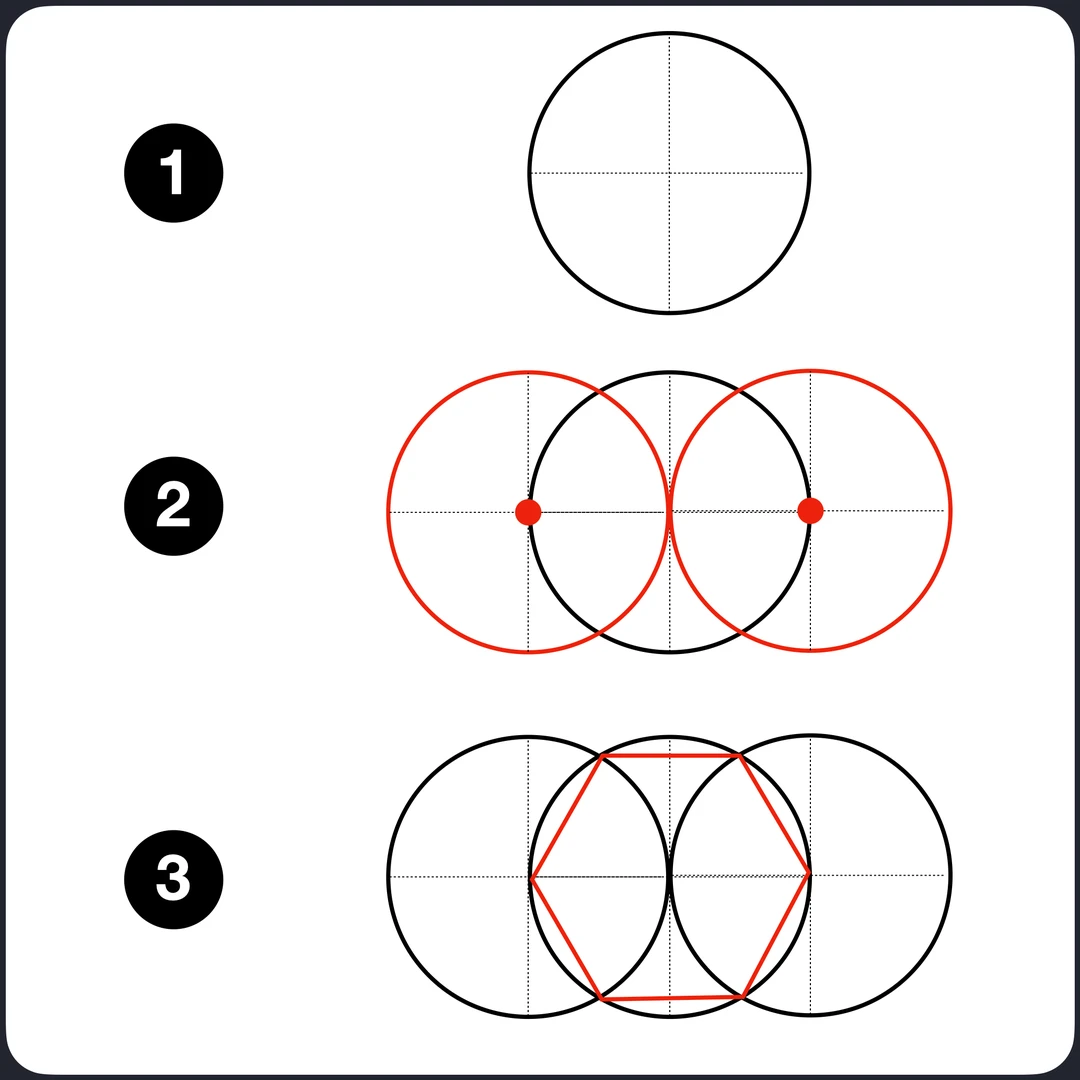
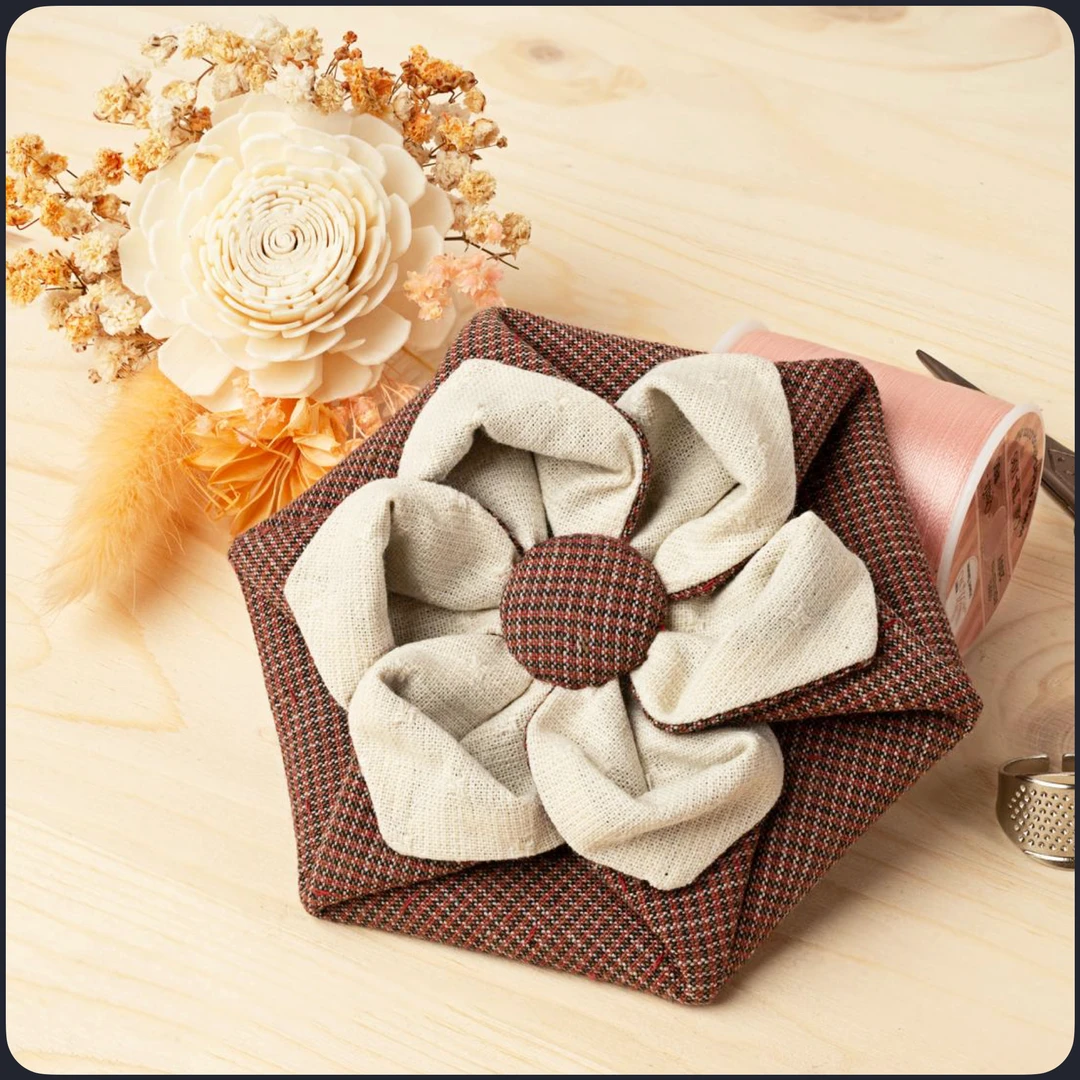
3. Product Design
Design Brief
There are no strict guidelines for product design. Designers are usually provided with a main topic and then create products based on their past experiences. However, since generating revenue is the main purpose, designers usually consider the following points during the design process:
- Innovations
- Functionality
- Practicality
- Manufacturing difficulties
- Cost
Design 1
By using different types of curves, we can break the symmetry between left and right, while also avoiding a visually abrupt transition. To enhance functionality, the item features multiple compartments with zippers and buttons.
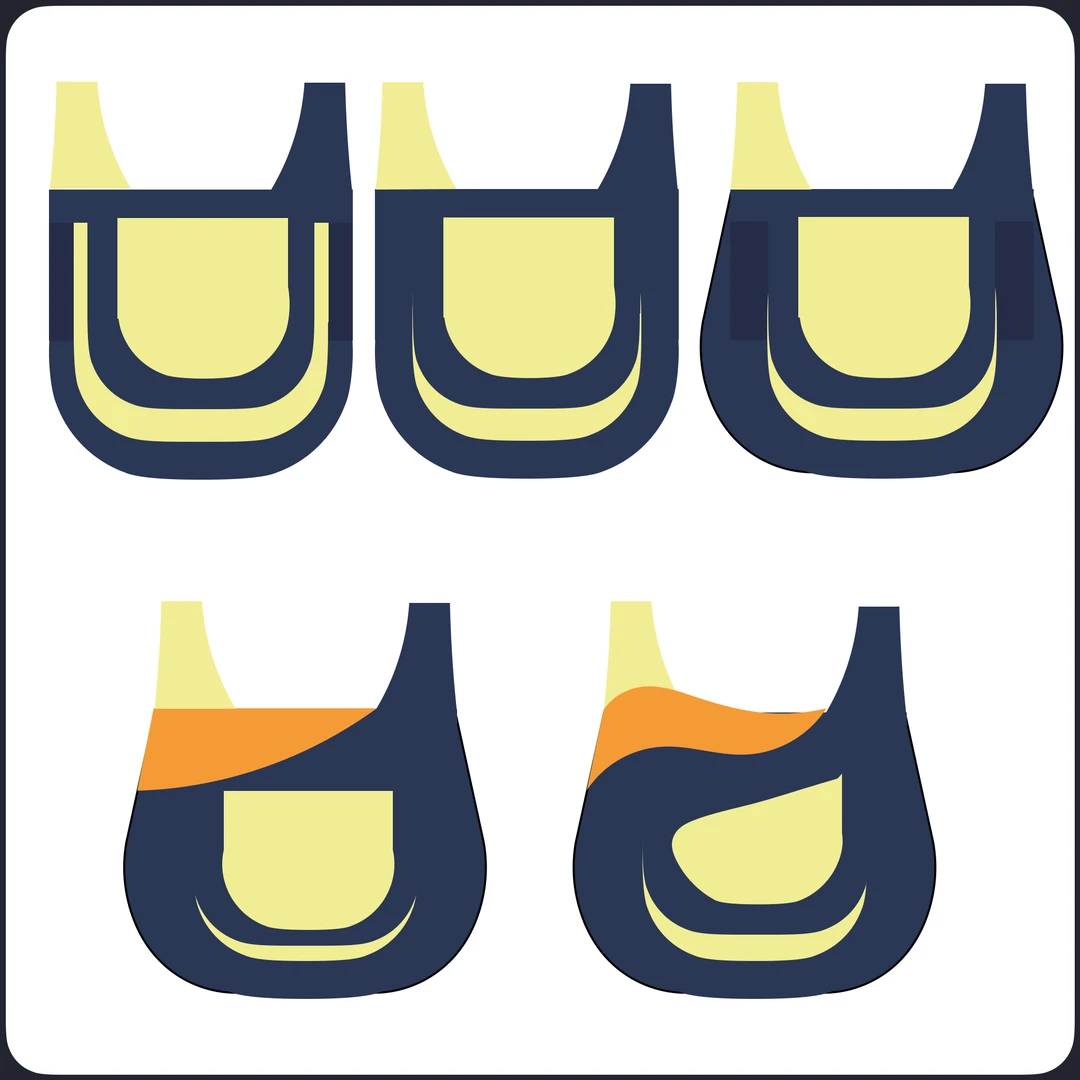

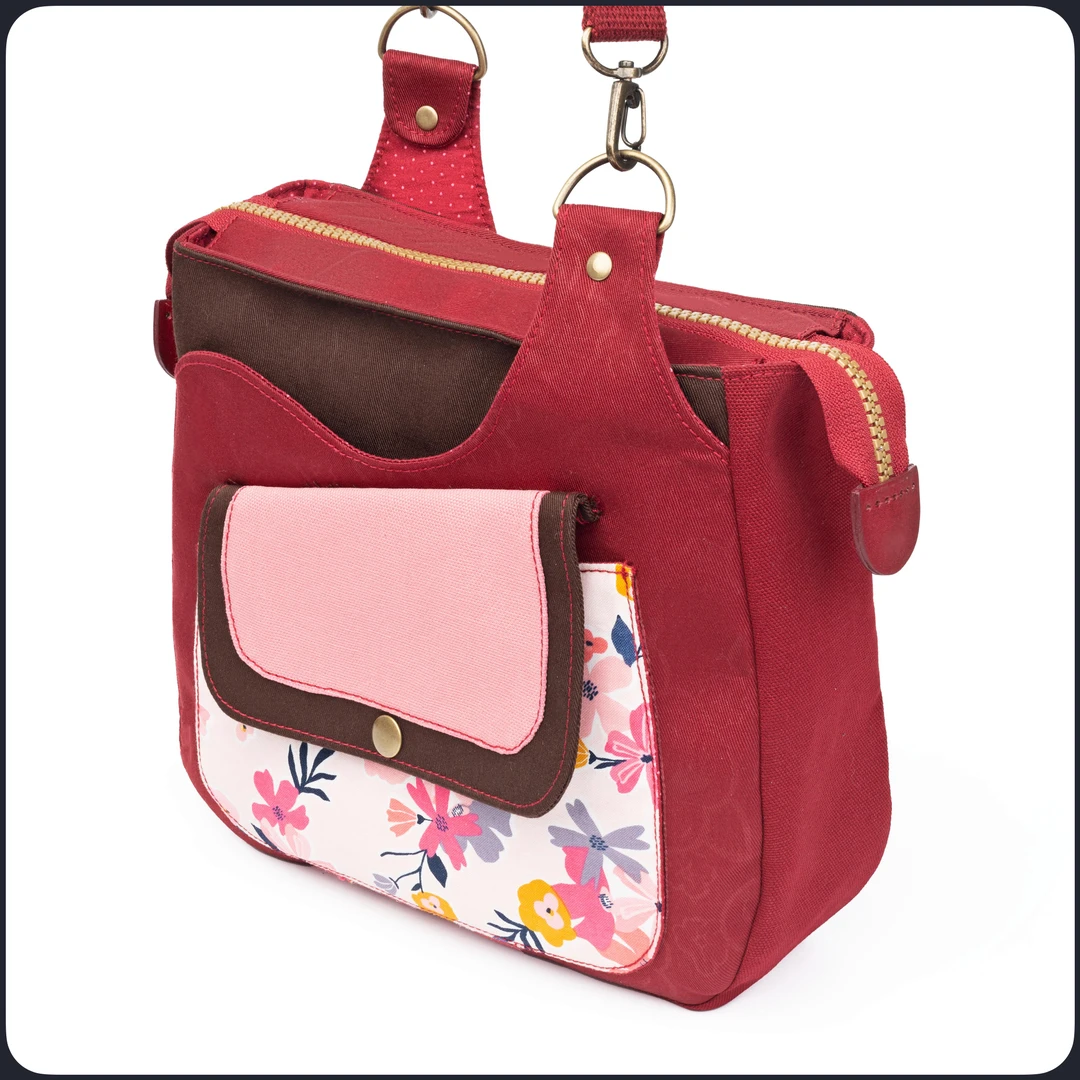
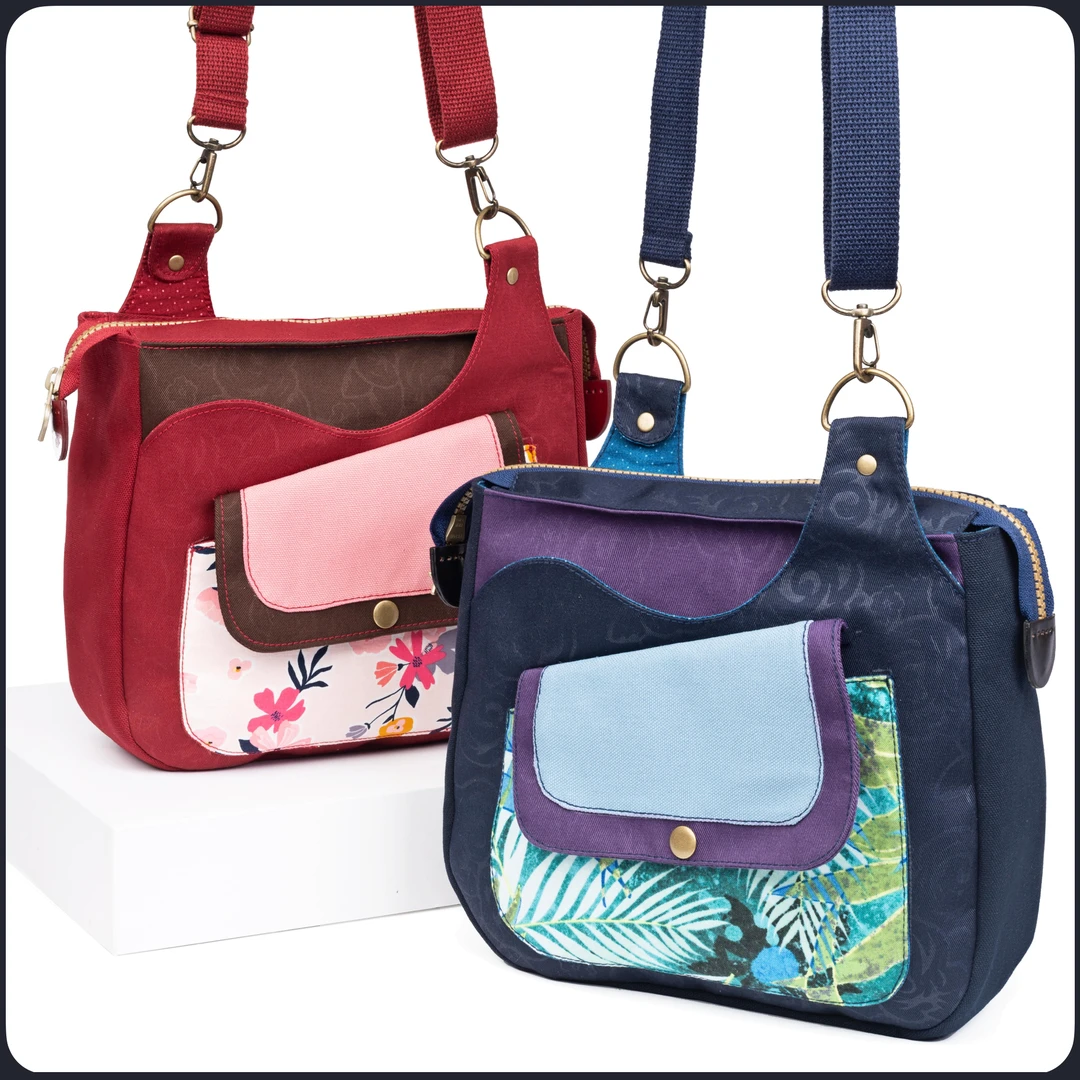
Design 2
This design presents an abstract idea of an adorable girl by using simple curves and shapes, which can reduce manufacturing difficulties. The metal keychain serves two purposes: first, it provides functionality, and second, it creates a contrast in material between the fabric and the metal.

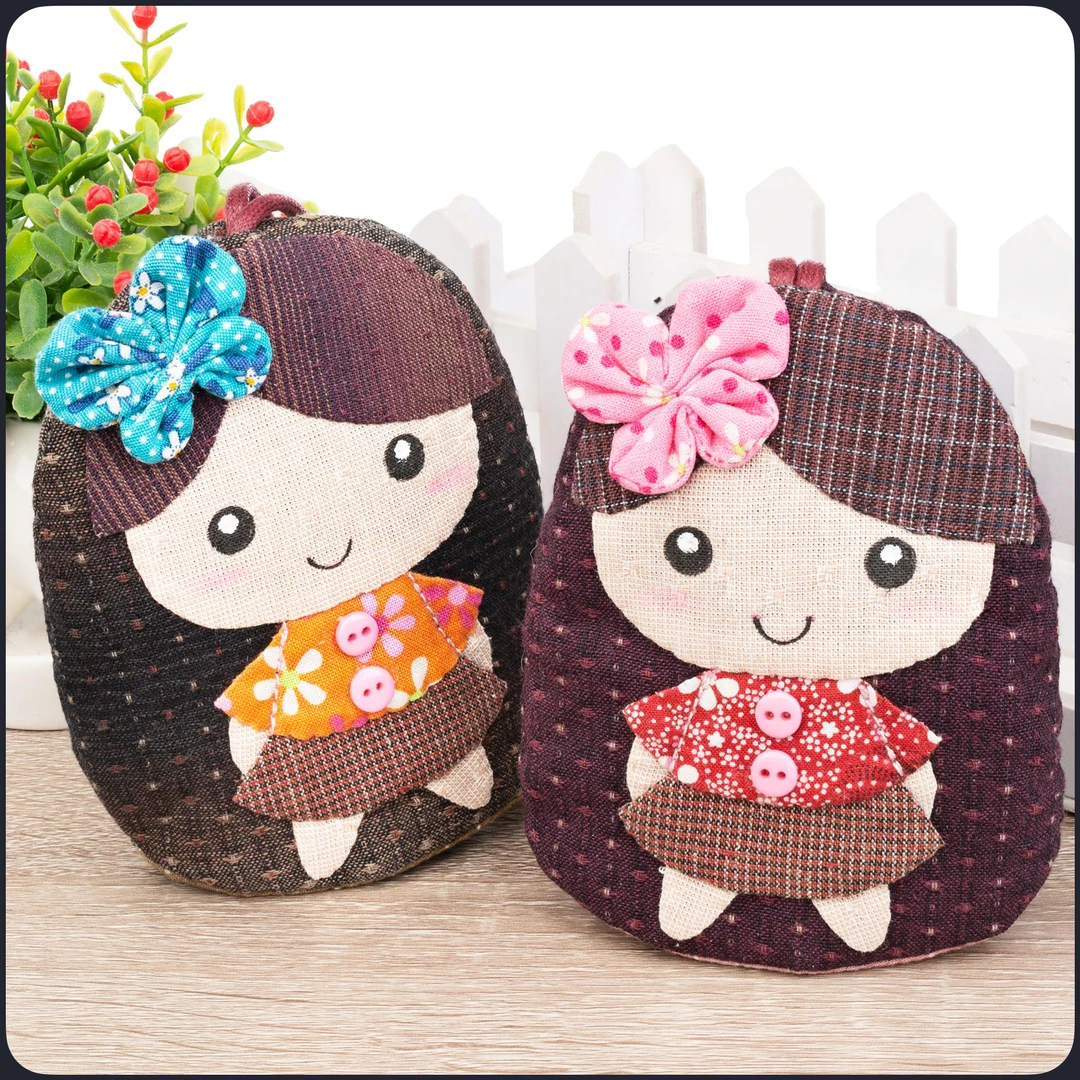

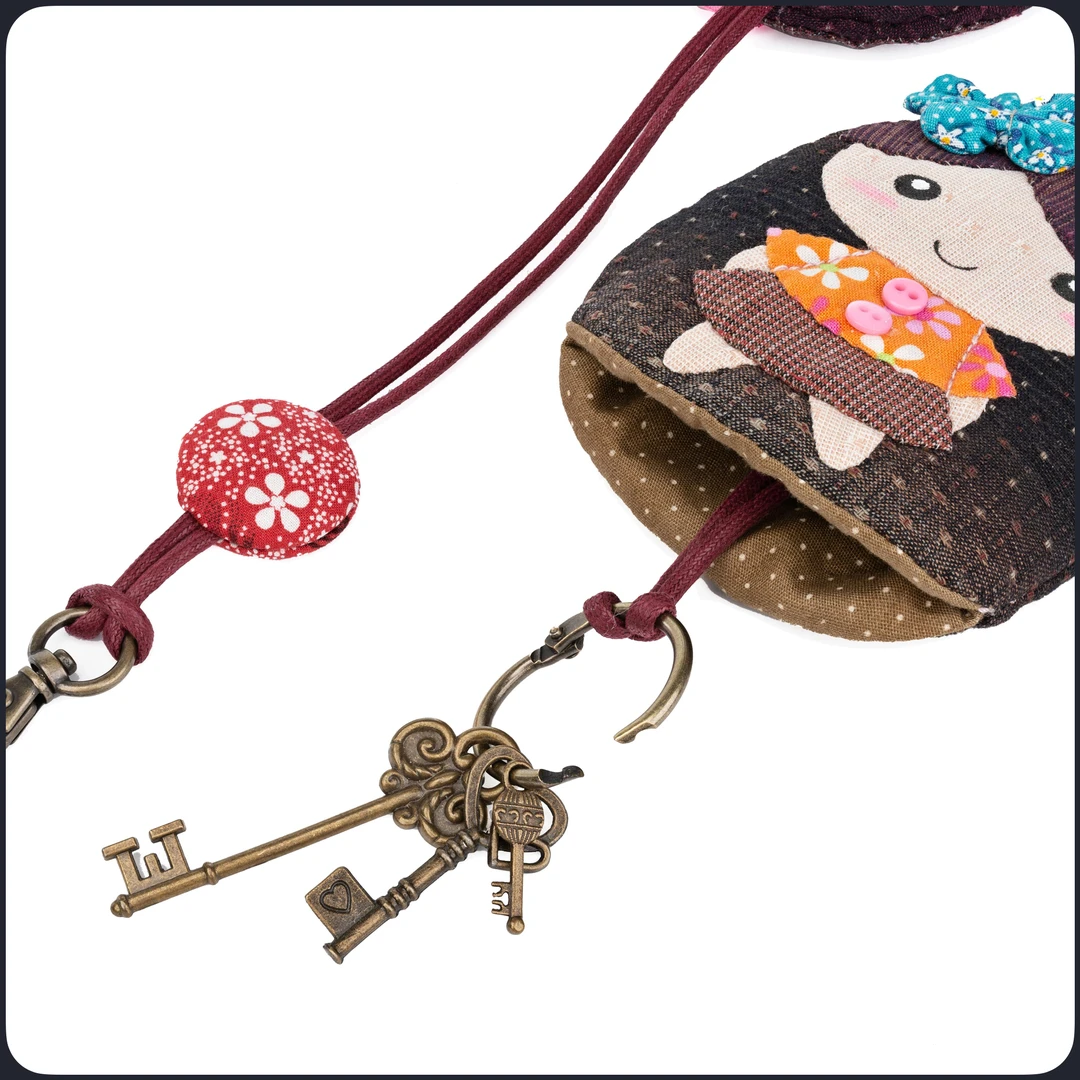
Design 3
The cup cozy was designed with inspiration from koalas hugging trees. Blush and additional decor were added to enhance the design due to the low contrast of the color. To reduce manufacturing difficulties, fabric with a leaf pattern is used instead of creating each leaf individually.
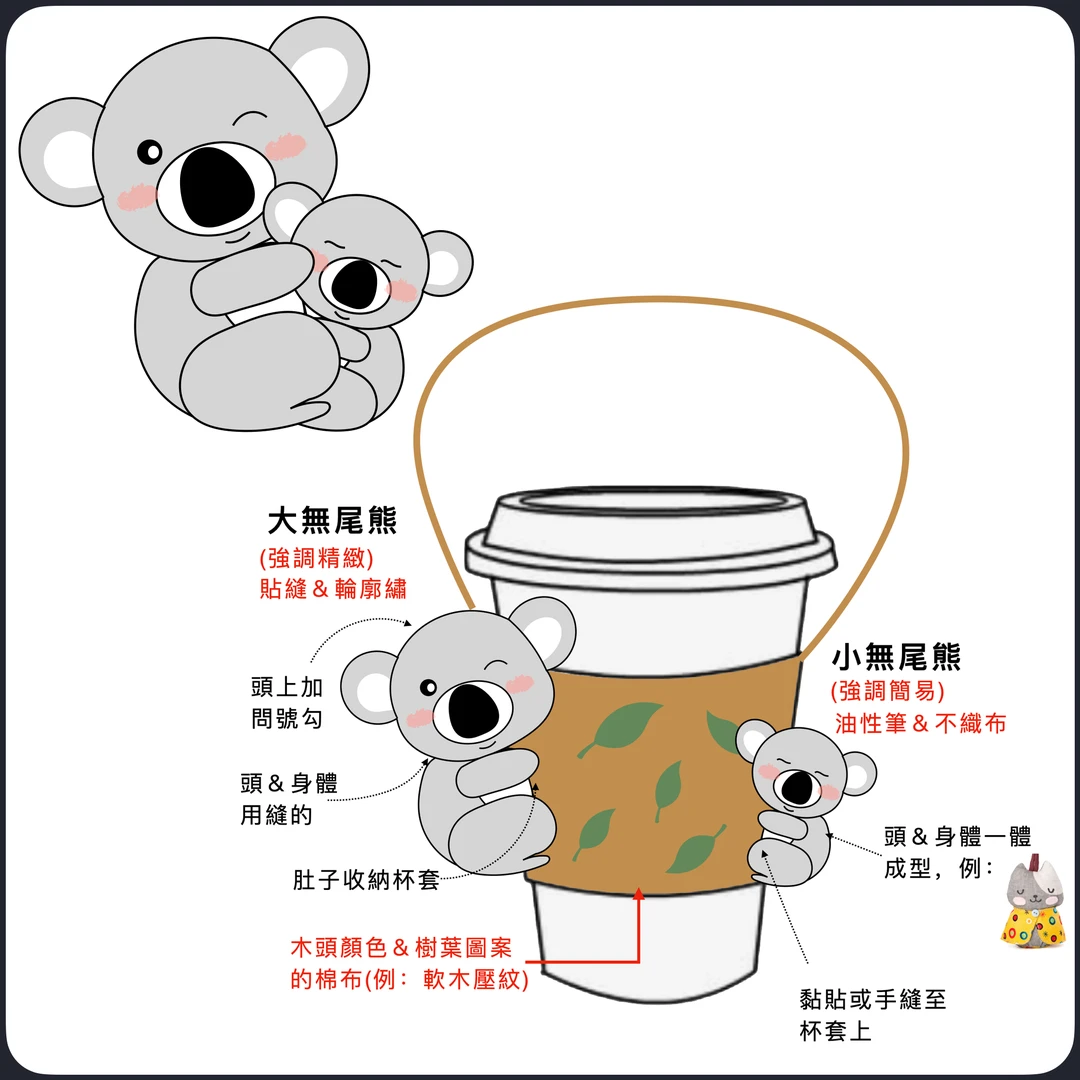

Design 4
This card pouch was originally designed for the Year of the Tiger. To avoid an intimidating appearance, I have redrawn the figure and adjusted the proportion between the body and the head. This not only makes the design more appealing but also significantly reduces the cost and manufacturing difficulties since it only requires two colors of fabric.
